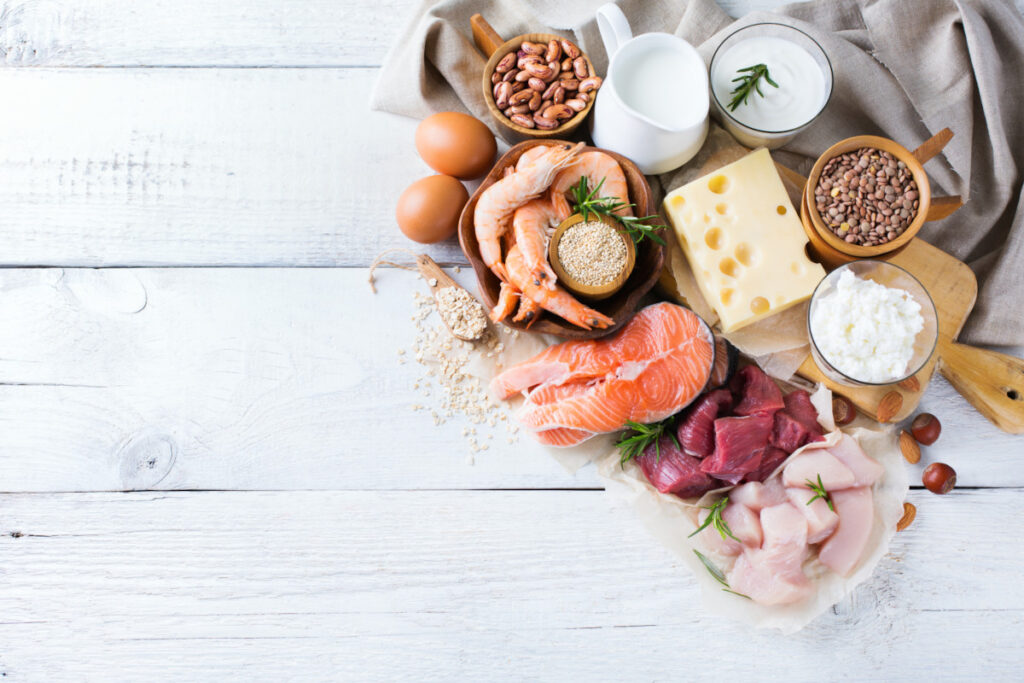The confinement caused by the Covid-19 pandemic has completely changed our daily relationships. Not only at work, but also in our personal lives, as we could only meet our closest friends through video calls. At the same time, te were increasingly craving comfort food.mainly because of the time we had available at home, which led us to cook food such as pizzas, pastas, cakes, etc. This 'trend' satisfied not only a personal passion and rediscovery of traditions, that of cooking, but also an emotional need.
To confirm this correlation, a new study from MIT (Massachusetts Institute of Technology) found that the cravings we feel during this type of social isolation share a neural basis with the food cravings we experience when we are hungry.
Researchers found that after a day of total isolation, the sight of people intending to have fun together activates the same region of the brain that lights up when someone who hasn't eaten all day sees a picture of a plate of macaroni and cheese.
"People forced into isolation crave social relationships with a cognitive mechanism similar to the way a hungry person craves food. Our finding fits with the intuitive idea that positive social interactions are a fundamental human need and that acute loneliness is an aversive state that motivates people to fix what is missing, similar to hunger," says Rebecca Saxe, the John W. Jarve Professor of Brain and Cognition. Science at MIT, a member of the McGovern Institute for Brain Research at MIT and lead author of the study.
The research team actually collected the data for this study in 2018 and 2019, well before the 2020 coronavirus pandemic and its blockades. Their new findings, described today in Nature Neuroscience, are part of a larger research programme focusing on how social stress affects people's behaviour and motivation.
The new study was inspired in part by a recent paper written by Kay Tye, formerly of MIT's Picower Institute for Learning and Memory. In the 2016 study, Tye and Matthews identified a group of neurons in the brains of mice that represent feelings of loneliness and generate a drive for social interaction after isolation. Human studies have shown that deprivation of social contact can lead to emotional distress, although the neurological basis for these feelings is unclear.

The study: 40 participants and 10 hours of isolation
To create this isolation environment, the researchers recruited healthy volunteers, mainly undergraduates, and confined them to a windowless room on the MIT campus for 10 hours. They could not use their smartphones, but the room had a computer they could use to communicate with the researchers if necessary.
At the end of the 10-hour isolation, each participant underwent a scan in an MRI machine. What made this even more challenging was that even during this examination, the participants did not know anyone. To make this possible, prior to the start of the isolation period, each subject was trained on how to enter the machine, to avoid the need for assistance.
And there's more Each of the 40 participants undertook 10 hours of fasting on a different day to the isolation. After both periods of isolation or fasting, the participants were scanned while looking at images of food, images of people interacting and neutral images such as flowers. The researchers focused on a part of the brain called the substantia nigra, a small structure located in the midbrain that has previously been linked to hunger and cravings for illegal addictive substances, such as certain drugs.
The researchers noted that when socially isolated subjects looked at an image showing a group of people in the midst of a social interaction, the "desire signal" in their substantia nigra was similar to the signal produced when they looked at pictures of food after fasting. Furthermore, the amount of activation of the substantia nigra was related to the strength with which patients rated their feelings of desire for food or social interaction.
In practice, the power of comfort food cravings could be associated with one's relational attitude. In other words, tell me how many social relationships you had (before confinement) and I'll tell you your craving for comfort food. Not coincidentally, subjects who reported feeling chronically isolated months before the end of the study showed weaker cravings. In contrast, in people who reported that their lives were full of satisfying social interactions, this intervention had a greater effect on their brains.
In light of the confinement, this study can explain the relationship between isolation and the desire for comfort food. And, as expected, this desire was higher in people who were individually isolated. This was proportional to the proportion of social relationships in the period prior to isolation.

The solution? A balanced diet and serotonin.
Becoming aware of how our mind works is already a first step towards a solution. Now it is necessary to adopt practical behaviours to balance the hormones.
Therefore, the strategies proposed below aim precisely to rebalancing the hormonal cascade through food, promoting satiety, mental clarity and overall well-being.
Adopting a balanced eating style, such as Zone, helps to balance hormones by promoting satiety and reducing the nervous perch. This nutritional strategy has its mechanism of action in its name. This term refers to that optimal zone of hormone modulationwhich enables the achievement and maintenance of psychophysical wellbeing. In this nutritional strategy, in addition to balancing meals, snacking plays a strategic role when more than 4 hours elapse between meals.. Snacks during the day are important: they can help you lose weight or maintain the physical shape you have achieved, optimise mental clarity and energy availability. On one condition: they must be balanced in carbohydrates, proteins and fats. This, in fact, allows for a better balance of blood glucose and insulin levels, avoiding significant swings and reducing the desire for comfort food.
It has been observed that people who described a strong desire for comfort food, particularly in the evening hours, may have a serotonin deficiency.a neurotransmitter, not coincidentally also called the "feel-good hormone". The suggestion, therefore, is prefer foods that can contribute to their formation. Among these, chicken meat is rich in the amino acid tryptophan, a precursor of serotonin, and should be included, for example, as a lean source of protein at dinner. And again, chocolate, a useful food because in its dark formulation it is rich in cocoa polyphenols which have a positive effect on physical and mental well-being.


